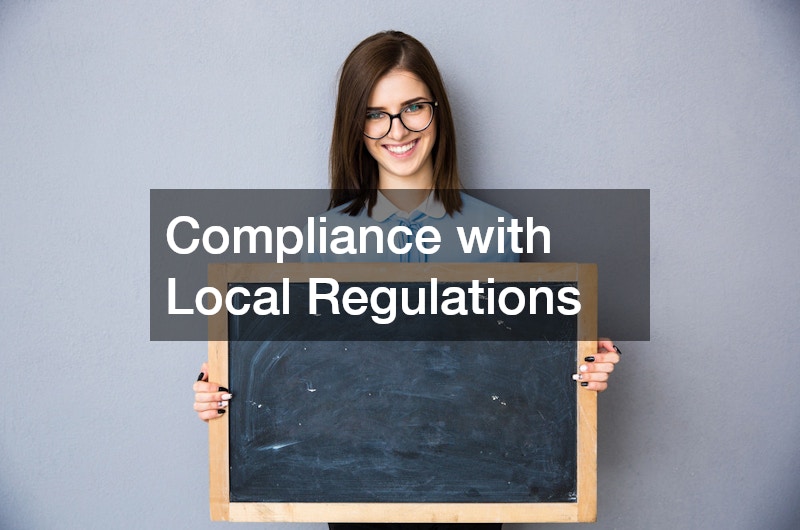Business signs are more than just markers—they’re the face of your brand, often making the first impression on potential customers. From retail storefronts to office complexes, effective signage plays a vital role in how businesses attract attention, convey professionalism and communicate their identity. If you’re considering investing in a new sign or updating your current one, understanding what to expect from a business sign is key to making the most of this essential marketing tool.
In this article, we explore how business signs influence customer attraction, the elements that define their effectiveness and the practical considerations every business owner should keep in mind.
How Does a Business Sign Impact Customer Attraction?
Visual Appeal and Design
First impressions matter. A business sign’s design can be the deciding factor between someone walking into your shop or walking past it. High-quality graphics, clear fonts and well-chosen colours all contribute to a sign’s ability to catch the eye and encourage engagement. For example, a cluttered sign with poor contrast may be easily missed, while a clean, vibrant and legible design can quickly convey what your business offers and why it stands out.
Good signage design doesn’t just attract attention—it also expresses your brand personality. Whether it’s a sleek, modern sign for a tech company or a vintage-inspired design for a café, the visual elements tell a story about your business. Working with professional signwriters or designers ensures your sign balances creative design with readability, helping your business make a lasting visual impression.
Brand Identity and Recognition
Consistency in branding builds trust, and your signage is one of the most visible parts of that. A well-designed business sign should align with your brand’s colours, fonts and tone, reinforcing your identity with every customer interaction. When people see your sign regularly—whether driving by or visiting neighbouring stores—it strengthens recall and builds familiarity.
For small businesses, this kind of recognition can make a big difference. A bold and distinctive sign ensures your brand remains top of mind, especially in competitive areas. When customers remember your signage, they’re more likely to return or recommend your business to others. Think of your sign as a 24/7 brand ambassador—working around the clock to make your business known.
Location and Visibility
Even the best-designed sign won’t be effective if it’s hard to see. Location is everything. Signs should be placed where they’re visible from key vantage points, whether that’s from a busy street, a shopping centre entrance or the footpath. Clear sightlines, appropriate sizing and lighting all contribute to making your sign stand out.
In areas with heavy foot traffic, sandwich boards or window decals can draw in passing customers. For roadside businesses, large, elevated signs can help drivers spot your location from a distance. The goal is to ensure your signage is not only attractive but strategically placed to maximise exposure and foot traffic.
What are the Key Considerations for Effective Business Signage?
Material and Durability
Australia’s weather can be tough on outdoor signage. Sun, wind, rain and salt air can all take their toll—so choosing the right materials is crucial. Quality materials like aluminium composite panels, UV-resistant inks and weather-sealed vinyl help ensure your sign remains vibrant and intact over time.
Indoor signs have a different set of considerations, such as lighting and interior design compatibility. Regardless of location, investing in durable materials reduces maintenance costs and ensures your signage reflects a professional image well into the future. A faded or damaged sign not only looks unappealing but can also give customers a poor impression of your business.
Compliance with Local Regulations
Every local council in Australia has its own signage regulations, which may govern factors like size, placement, illumination and content. Failing to comply with these regulations can result in fines or mandatory removal—an expensive and avoidable setback.
Before installing a new sign, it’s important to check with your local council and obtain any required permits. Professional signage providers often assist with this process, ensuring your sign meets all legal and safety standards. This due diligence protects your investment and ensures your signage can be displayed without interruption.
A business sign is far more than just a name above the door—it’s a visual representation of your brand, an effective marketing tool and a way to connect with customers before they even step inside. From design and placement to materials and compliance, there are many factors that influence the effectiveness of your signage.
By prioritising visual appeal, brand consistency, strategic positioning and quality materials, businesses can make the most of their signage investment. Understanding local regulations and exploring customisation options further enhances the value a sign can deliver. Ultimately, a well-executed business sign isn’t just something you have—it’s something that actively works for your business every day.

